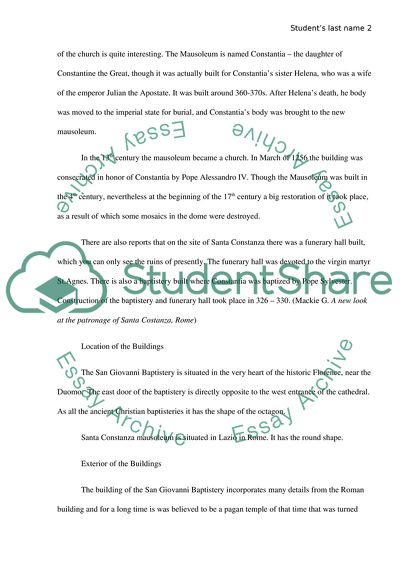Cite this document
(San Giovanni Baptistery in Florence and Sana Constanza Mausoleum in Ro Essay, n.d.)
San Giovanni Baptistery in Florence and Sana Constanza Mausoleum in Ro Essay. https://studentshare.org/architecture/1787651-compare-and-contrast-two-works-of-art
San Giovanni Baptistery in Florence and Sana Constanza Mausoleum in Ro Essay. https://studentshare.org/architecture/1787651-compare-and-contrast-two-works-of-art
(San Giovanni Baptistery in Florence and Sana Constanza Mausoleum in Ro Essay)
San Giovanni Baptistery in Florence and Sana Constanza Mausoleum in Ro Essay. https://studentshare.org/architecture/1787651-compare-and-contrast-two-works-of-art.
San Giovanni Baptistery in Florence and Sana Constanza Mausoleum in Ro Essay. https://studentshare.org/architecture/1787651-compare-and-contrast-two-works-of-art.
“San Giovanni Baptistery in Florence and Sana Constanza Mausoleum in Ro Essay”. https://studentshare.org/architecture/1787651-compare-and-contrast-two-works-of-art.


